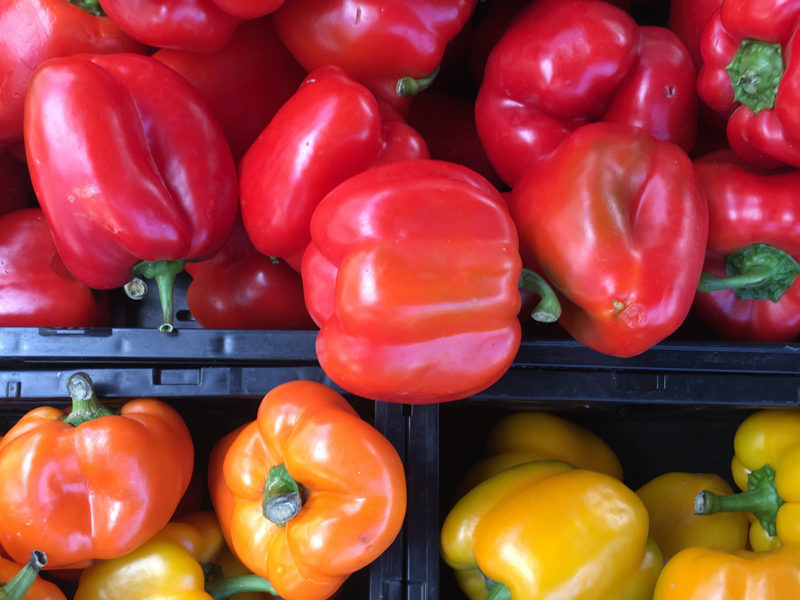Canada’s ambitions of achieving $75 billion in agri-food exports by 2025 were set back by COVID-19, but the prospects remain bright as Marie-Claude Bibeau once more takes the reins of the department following September’s election.
Farm Credit Canada released its annual review of trade shortly before Bibeau was sworn into cabinet this week, highlighting Canada’s rank as the world’s 11th largest food exporter.
“Compared to ag’s overall contraction of 9%, total food exports weren’t as badly hit by COVID slowdowns, declining 3.7%,” states the report authored by economic editor Martha Roberts. “Nonetheless, growth in total food exports over the last 10 years has been sluggish.”
The top drivers of exports were meat and beverages, which together accounted for 26% of total food exports over the past decade. The two categories saw average annual growth of just over 1% during the past decade
But in BC, the horticulture sector drives exports. Peppers, mushrooms and berries are among the top sectors, with peppers and mushrooms posting strong growth last year. According to federal trade statistics, exports of peppers approached $676 million last year, up from $583 million in 2019, while mushroom exports increased to $347 million from $303 million over the same period.
Blueberries, cranberries and related species saw exports decline to $180 million from $207 million the previous year.
Demand from the US and currency fluctuations are key factors in the value of these exports. Peppers and mushrooms are shipped as far south as California, while the BC and Washington blueberry industries enjoy close enough ties that a report earlier this year suggest they essentially function as a single sector.
“The importance of Canada’s trade with the US can barely be overstated, and the CAD-USD is a key driver of our global competitiveness,” says Roberts. “Looking ahead to 2022, we expect higher energy prices to support the Canadian dollar and keep it slightly above its current value of US$0.80 for the rest of 2021.”


 Saanichton Farm named a Century Farm
Saanichton Farm named a Century Farm